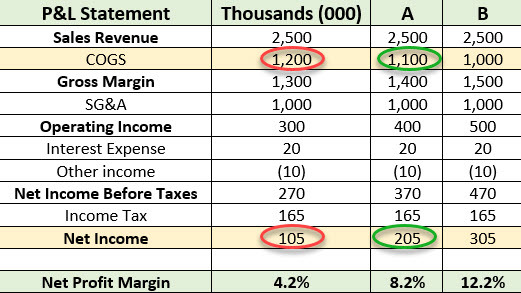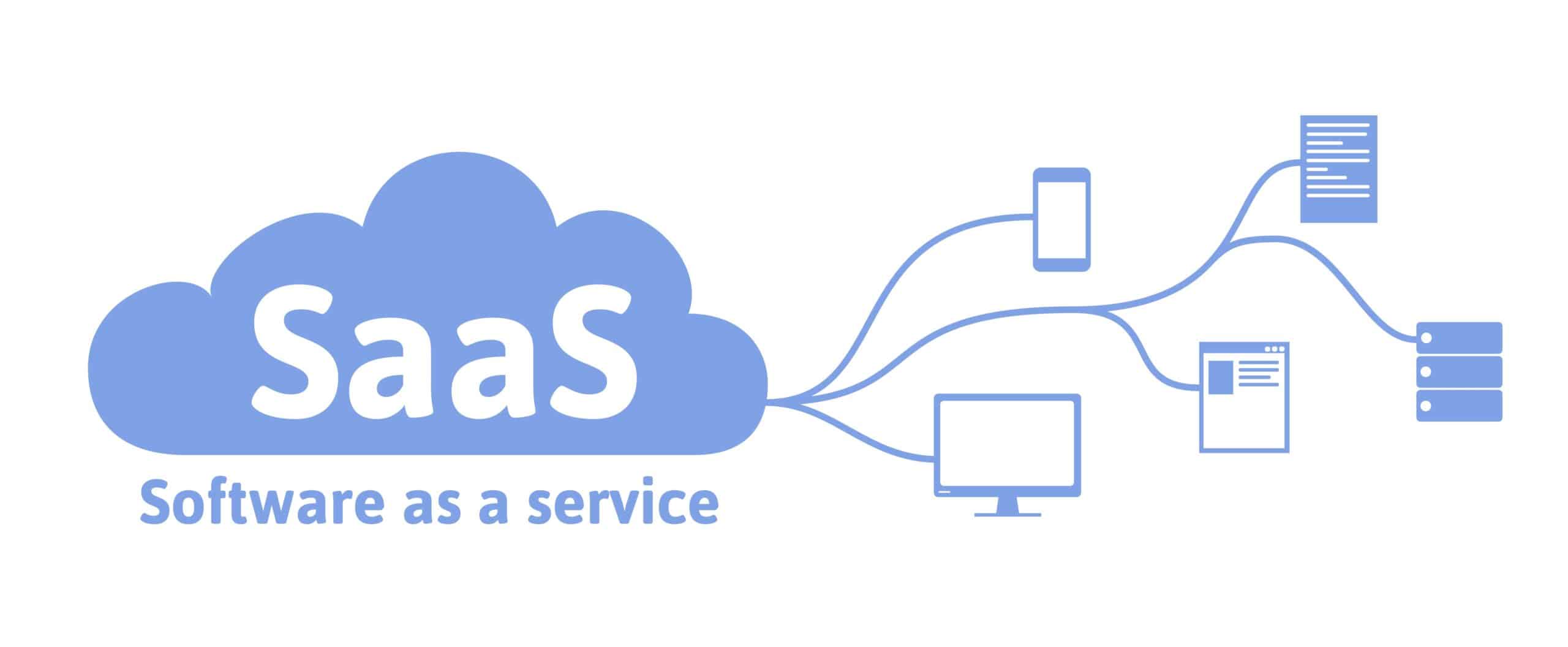Subscribe via email
Subscribe to our blog to get insights sent directly to your inbox.
Labor costs have been a problem for many years but have gone through the roof since the pandemic. The main problem for field service business operators is that there aren’t enough techs to meet the needs of all the companies wanting to hire them.
Good techs are valuable business resources. Their work generates the company’s revenue and helps build your brand. However, techs also account for a big portion of the direct expenses required to make the money flow.
It’s easy to spend more than necessary on direct labor. Poor job time efficiency is one of the biggest causes, taking a big slice of profits. As a result, many field service companies offer financial packages they can’t afford.
The bottom line – quite literally – is that every dollar you overspend on direct labor gets subtracted from your bottom line. That’s why a lot of service business owners make less money than their top techs.
Let’s look at the nature of the problem and then how to correct it.
The chart below shows a simplified year-end Profit and loss statement for a company generating revenue of $2.5 million. The cost of direct labor for techs is part of the Cost of Goods and Services (COGS) and should not be included with overhead.
We added two columns that show how reducing COGS makes a big difference in profitability. More importantly, it shows how dollars saved in COGS move straight to the bottom line.

Net profit margin is calculated by dividing Net Income by Sales Revenue. When the COGS number is $1.2 million the net profit margin is 4.2%, which is below the industry average of about 8%. (Net profit margin = net income (105) divided by sales revenue (2,500.)
A reduction of less than 10% in COGS puts the net profit margin in a much better position. For example, if you trim COGS by $100,000 it moves to the net income line, which boosts net profit margin to 8.2%.
If you reduce COGS by $200,000 (Column B), net Income increases by that amount. This results in a net profit margin of a solid 12.2%.
You may be wondering, “How do I cut my cost of labor without anyone quitting?” Good point. The answer may not seem obvious, so keep reading as we unpack the details.
First, cost reductions don’t all need to come from tech pay. Tech pay is the part of COGS where you have the most control, and it is a big piece of the pie. Reductions in Sales, General, and Administrative (SG&A) expenses also provide opportunities, but our immediate goal is to reduce COGS.
For field service businesses such as HVAC, plumbing, electrical, garage door, and others, keeping direct labor costs to less than 20% is best. Too many companies end up spending 25% – 30% on labor because of inflated pay plans they think will attract techs, or because they simply don’t know what their true labor costs are. Many of these costs are not as visible as salaries, including the following.

With the right FSM software and workflows, techs can achieve efficiency approaching 100%. Automated dispatching and routing reduce drive time, so techs spend more time on jobs.
Now, how do you resolve these profit-robbing issues? You do it with some creativity, beginning with looking at things through the eyes of the techs. Here’s what we mean.
Do you need to pay the highest wages to get top talent? Not necessarily. But you can’t go low, either. Offer value, not just pay. Ask yourself if you would be happy working that job if you were the tech.
Hire for character and a good fit in your company culture. Then provide continuous training for personal and professional development. The result will be better overall efficiency and less turnover.
Field service management software is an essential tool for owners of service businesses of any size that want a straight line to success through greater efficiency and profitability.
Automation of scheduling, dispatching, invoicing, and other operational tasks frees up time to work on business development and have more time of your own.
Software as a Service (SaaS) FSM software is cloud-based subscription software you can operate from anywhere you have internet access. It costs less because you don’t host or maintain it, it is easier to use, and you always have the newest version.

The number of FSM software companies in the US has nearly tripled over the past decade due to increasing demand from business owners. If you aren’t using FSM software your competitors very likely are or soon will be.
Some of the providers include mHelpDesk, Housecall Pro, Jobber, Service Titan, and Service Fusion, to name a few. One may work better for your business than another, so do some comparison shopping.
When you do, take a look at Sera FSM software, which is disrupting the industry. Techs love the intuitive Tech App because it simplifies their jobs, and helps them work more efficiently and earn more. It is the only software that calculates job time efficiency as each job closes out so you can track labor costs.
Sera provides everything a small-to-medium-sized home services business needs to improve efficiency and become more profitable fast.
Companies that switch to Sera have improved efficiency by 30% and averaged revenue gains of 52% in the first six months. It is the only FSM software that ties everything to your company’s profit and loss statement to focus on profitability.
Direct labor costs of service techs in the field account for a big piece of the cost of goods and services home services companies provide. Those costs have increased as the number of jobs for techs keeps running ahead of the number of available techs.
As a result, many companies are competing to hire them with pay plans the companies cannot afford. Conversely, companies that offer long-term opportunities for professional and financial development can win the recruiting competition, get direct labor costs in line, pay techs more, and become more profitable at the same time.
Owners can get more of what they want from their businesses by helping techs get more of what they want from their jobs by (1) becoming the preferred employer in their markets, (2) using simple, straightforward pay systems, and (3) investing in technology to improve efficiency and job satisfaction.
Subscribe to our blog to get insights sent directly to your inbox.
Discover how Sera can make your daily grind smoother.
Get a free demo that shows what Sera does, made for what you need.
Create your account and begin onboarding your company.
Use Sera to supercharge your output and serve your clients better.
